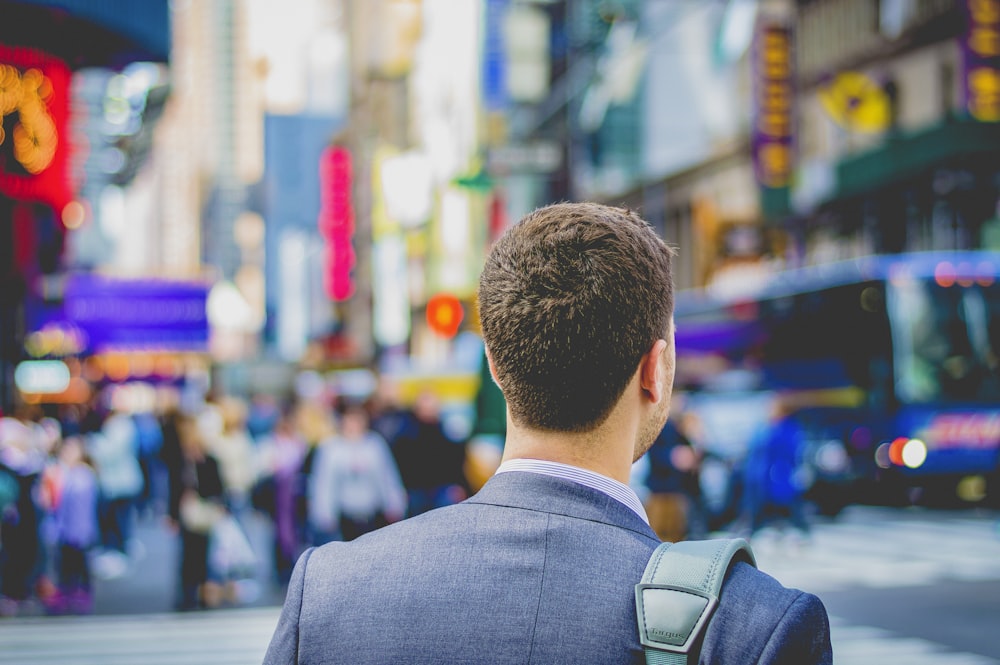4 Truly Significant Learning and Development Opportunities to Offer Your Employees (and Why)

Photo by Mikael Kristenson @ unsplash
The right talent is difficult to find and keep nowadays, so there’s no wonder more companies focus on creating learning and development opportunities for their employees. However, you won’t solve much if your idea of employee education and growth is to offer access to a few online classes.
Today’s employees are looking for meaningful and sustainable growth opportunities and won’t settle for less. In today’s piece, we’ll take a look at the true meaning behind employee development and how to make sure your company offers truly significant opportunities.
Employee Development - What Is & Why Should You Care?
In a few words, employee development happens when the company provides them with opportunities to hone their existing skills while acquiring new ones. Plus, true growth only happens when the employee has a real interest in learning and developing these skills (such as career advancement, better pay, more responsibility, and so on).

On the other side, the company’s focus is on creating highly engaged and motivated employees who can support its mission and projects in the future. Therefore, true development happens when the interests of the company and those of the employees converge.
Proper learning programs are also a way to power up productivity by getting people excited about their future within the company. So, even though the investment happens at the present moment, real results will show up in the long term.
Explore: Increasing Productivity: 8 Excel Tricks You and Your Team Should Know
Career Development vs. Career Advancement
One thing many managers don’t seem to understand is the difference between career development and career advancement.
Career development is a life-long journey and requires years of education, work experience, training, mentors, and so on. On the other hand, career advancement is a short-term goal where a person advances a step or two up the ladder through promotions.

The cool thing about these two concepts is that not everyone wants both. Also, preferences for one or the other tend to change as people gain work and life experience. A recent Quantum research found that older employees prefer to focus on career development by increasing their depth and knowledge.
On the other hand, young workers are more focused on career advancement in an effort to improve their financial situation or social status.
However, younger generations of workers, such as Millenials and Gen Z-ers, are focused on acquiring skills that will be useful in the long term and in career advancement.
Read: Planning Your Career Path: ‘Where Do You Go From Here?’
Learning & Development Opportunities Employees Want
1. Management and Leadership Training
Good leaders and managers are extremely valuable resources for any company in any industry. Plus, the skills you need to become a top leader are transferable, so it’s a win-win situation for the employee and the company.
The great thing about this type of development opportunity is that you can create a formal mentorship program within the organisation. This way, you allow older, more experienced employees to collaborate with the new ones and learn from each other.
Read more: Tips to Grow Your Leadership Skills in Your Career
2. Help Preparing for Career-Related Exams
People who want to develop their careers know that learning never stops. And they are up to the task. As such, many employees want to get a few professional certifications under their belt to help further their careers.
Professional certifications often don’t require as big of a time commitment as degrees and can help someone’s skills improve rather fast. Plus, a CV looks a lot better with several professional certifications on it (whether they are in the same field or not).
Supplementary reading: Top 20 Skills You Need To Develop Your Career

If you want to keep up with them, the best you can do (as the employer) is to provide them with access to the resources and materials required for the preparation period. For instance, if some of your finance professionals intend to prepare for the CFA exam (to become Chartered Financial Analysts), you can help by providing access to CFA level 2 mock exam materials.
3. Technical Skills Training
In today’s workplace, it’s quite difficult to manage without some technical skills. Plus, younger generations have no issue dealing with technology and almost anything connected to the online world.
However, some people are interested in sharpening their current skills and acquiring new ones. For instance, many people are interested in learning programming languages, SEO (Search Engine Optimisation), social media account management or 3D moulding.

Now, some would say that it’s easy to find free resources online and learn on your own time, but companies that want more tech-savvy employees should develop an educational program that’s accessible to anyone interested.
By doing this, you make sure your people stay competitive and have access to the best resources, but you’re also strengthening the company-employee bonds, which can help increase their loyalty towards the organisation.
This may interest you: Embracing New Tech: How To Help And Train Your Employees
4. Stretch Assignments
Learning something new is good for the brain and keeps you motivated, even when you’re not planning a big career change. This is why many companies have stretch assignments - these are tasks that challenge the employee to figure out an unknown scenario and learn new skills.
It may be confusing at first, but it’s a technique designed to inspire confidence and guide people towards learning. The secret is to create an optimal level of discomfort in order to push talented people to try something out of their comfort zones.

Of course, it also has to be an opportunity for growth - no one likes leaving their cosy comfort zone just for fun. The technique works quite well, according to a survey where 71% of senior leaders said stretch assignments helped unleash their potential.
For resounding success, try to connect the task with the person’s professional goals. Knowing that they’ll gain useful skills will keep them motivated and engaged until the end. Of course, this also means your managers and leaders have to connect with their staff and learn to recognise potential even when it’s not obvious.
In Summary
People want a job that allows them to spread their wings and grow, and the current workplace climate is perfect for this. We have easy access to resources, and most jobs require constant learning and skill polishing for employees to stay accurate and competitive. So why not give it a try and see how far you can take your company?
Be sure to check out the media below:
Leaderonomics.com is an advertisement-free website. Your continuous support and trust in us allow us to curate, deliver and upkeep the maintenance of our website. When you support us, you enable millions to continue reading for free on our website. Will you give it today? Click here to support us.
Functional
Tags: Be A Leader, Hard Talk, Women & Leadership, Consultant Corner
A growth hacker at heart, Jess helps SaaS companies rapidly scale their inbound leads through lean marketing strategies. She views content marketing and advertising as the perfect concoction of growth and loves to write about her insights and experiences.





